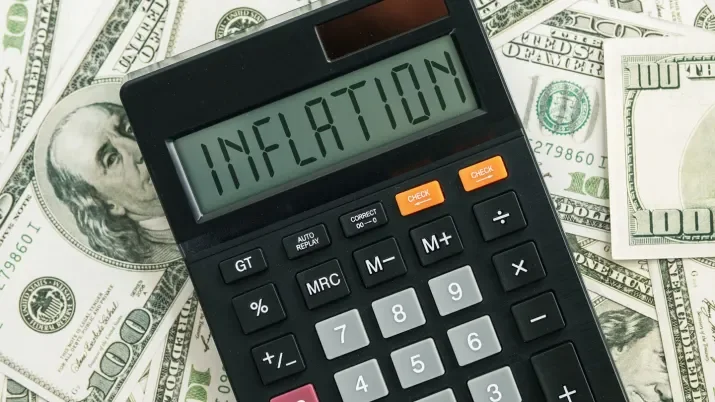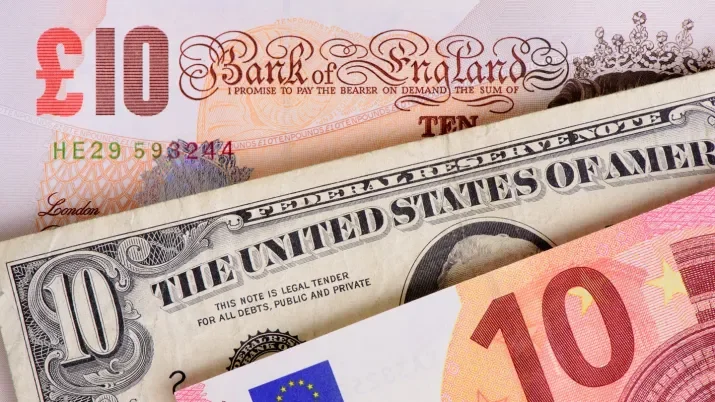Default risk still subdued despite escalating energy crisis
Gazprom announced late on Friday that the Nord Stream 1 gas pipeline would in fact remain shut after its ‘maintenance period’, with Russia subsequently claiming European sanctions are making it impossible for damaged turbines to be repaired.
The market reaction to the news has been surprisingly muted, with equity and credit markets only slightly weaker. Ultimately the news might not have come as much of a surprise, given capacity had already been significantly reduced and excuses already engineered as to why flows could not resume.
With Europe facing a winter of potential recession and even gas rationing, one would think near term default risk in European corporate bonds would have dramatically risen. However, in large part, we still see fundamentals supporting a subdued default outlook.
Corporate defaults need a catalyst, and are usually driven by one of three main factors:
1. The company runs out of cash
2. The company is unable to refinance an upcoming maturity
3. The company breaches a covenant
In general, corporates entered 2022 in a position of real strength. Cash as a percentage of debt, for example, was running at record highs at the end of the first quarter and substantially above the longer term average (30% as of Q1 2022 vs. a 19-year average of 19%). While we would have expected much of this cash hoard to be spent on dividends, share buybacks or M&A at the beginning of the year, corporates are now rightly using the buffer to protect their balance sheets in this uncertain macro environment.
In addition, given the very elevated level of supply seen in 2021 (approximately €150bn in European high yield) corporates were able to term out their debt maturities, which has lowered near term refinancing risk, with the bulk of the high yield ‘maturity wall’ coming between 2025 and 2026. The issuance we saw in the years before 2021 was also generally covenant-lite, with many thresholds renegotiated during the COVID-19 crisis, thereby reducing the risk of covenant breaches.
All told, this leads us to believe that a near term spike in the default rate is unlikely, particularly given the significant level of fiscal help consumers look like they are going to get from their governments; the UK, for example, is set to announce a package in the region of £100-150bn, which should lower headline inflation forecasts, raise growth prospects and lower unemployment forecasts.
Parsing through index level data, the market broadly agrees with this view. While the macro environment is driving elevated levels of systemic risk, idiosyncratic corporate risk seems to be limited.
By this we mean that the aggregate spread of the index is trading significantly wider than historic levels. We are currently around 175bp wide of the 10-year average in European high yield, for example, but the distress ratio (the percentage of the index trading above a spread of 1000bp) remains relatively subdued at 5%. For context, the distress ratio reached approximately 30% in March 2020, and made it as high as 14% in February 2016 during the energy-led sell-off in the US. As a reminder, the historical conversion of distressed bonds into default has generally been between 10 and 20%.
While volatility will probably remain elevated in the near term, and we do expect defaults to rise from their record low levels, we do think the longer term outlook for returns in high yield is strong, particularly if investors avoid the lower rated issuers that are most exposed to the current environment. From our perspective, that has meant focusing on names with strong pricing power, whilst reducing exposure to energy intensive sectors like chemicals and paper and packaging, and European retail.
Investors have been bombarded with a slew of negative headlines in recent weeks, and in all likelihood this is set to continue as central banks push through more rate hikes, inflation remains elevated and Europe’s energy crisis deepens with winter approaching. However, as fixed income investors we keep our eyes fixed on yields and default risks, and we are encouraged by both at current levels.




